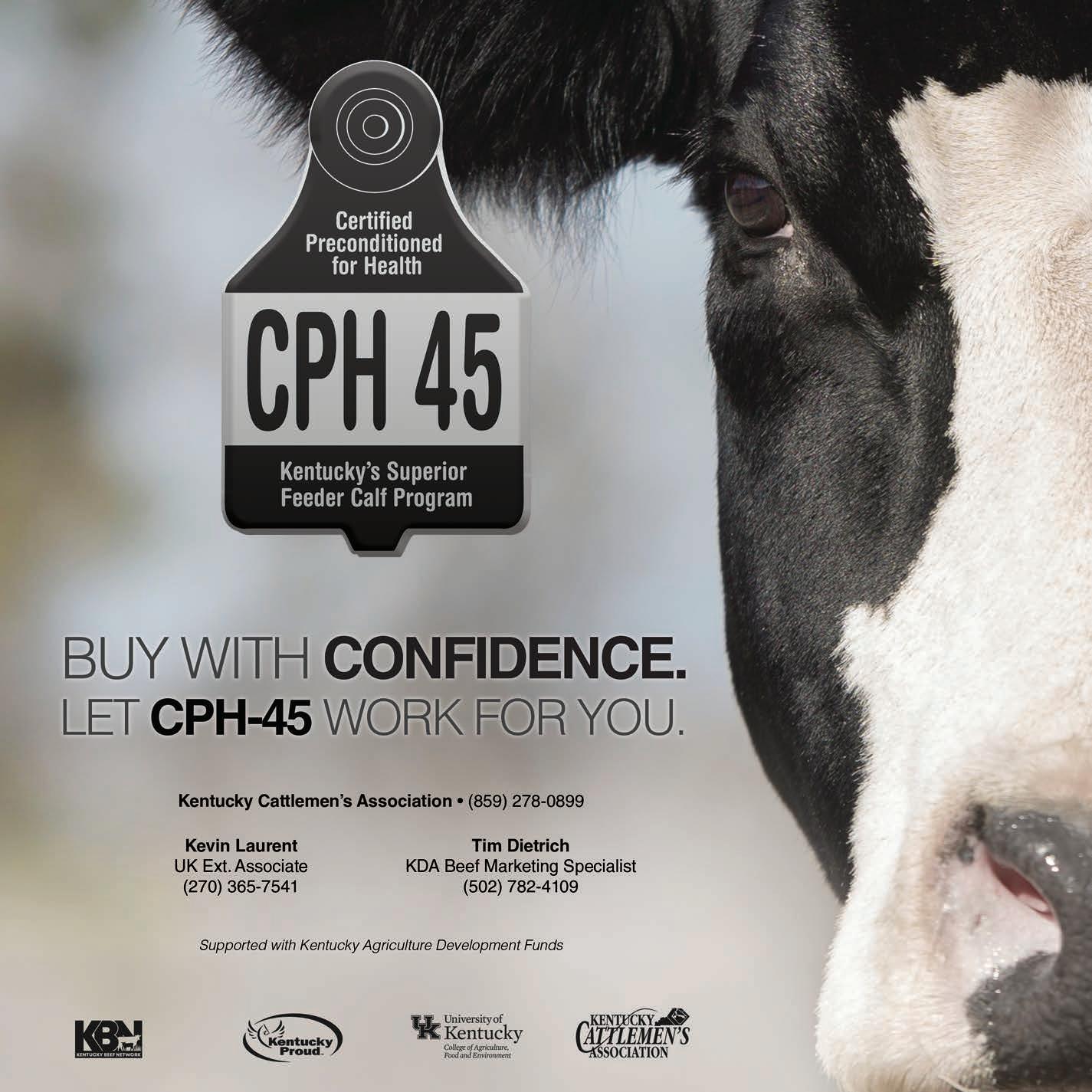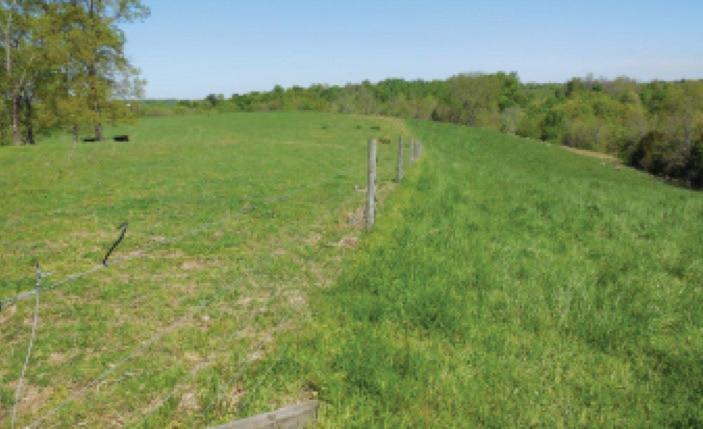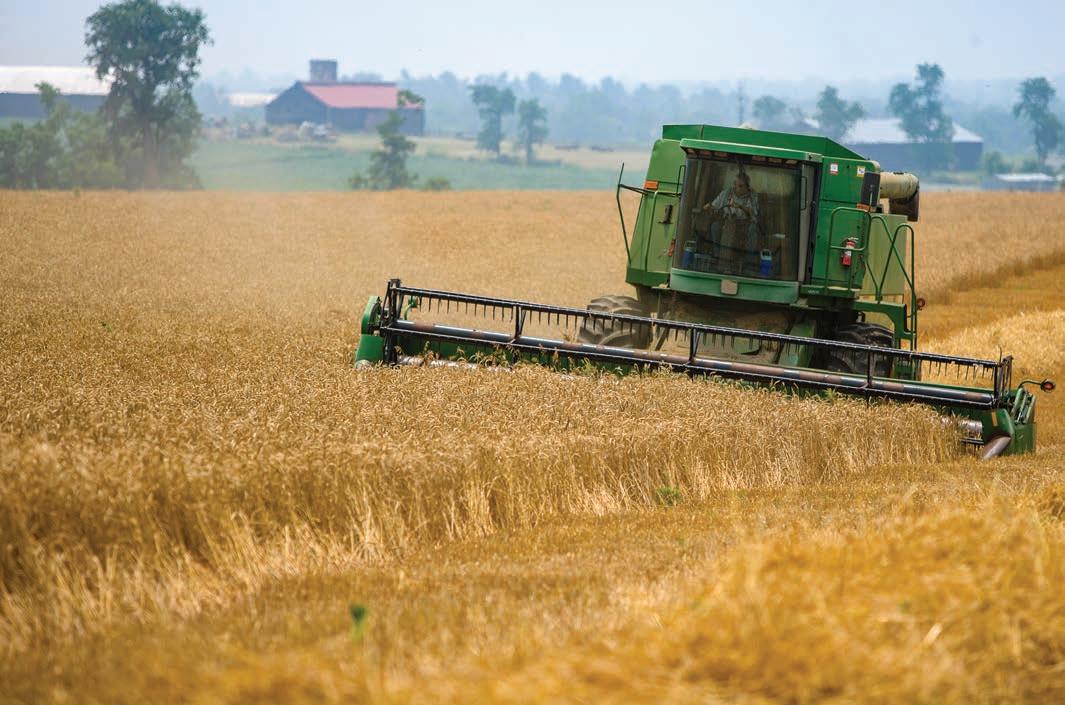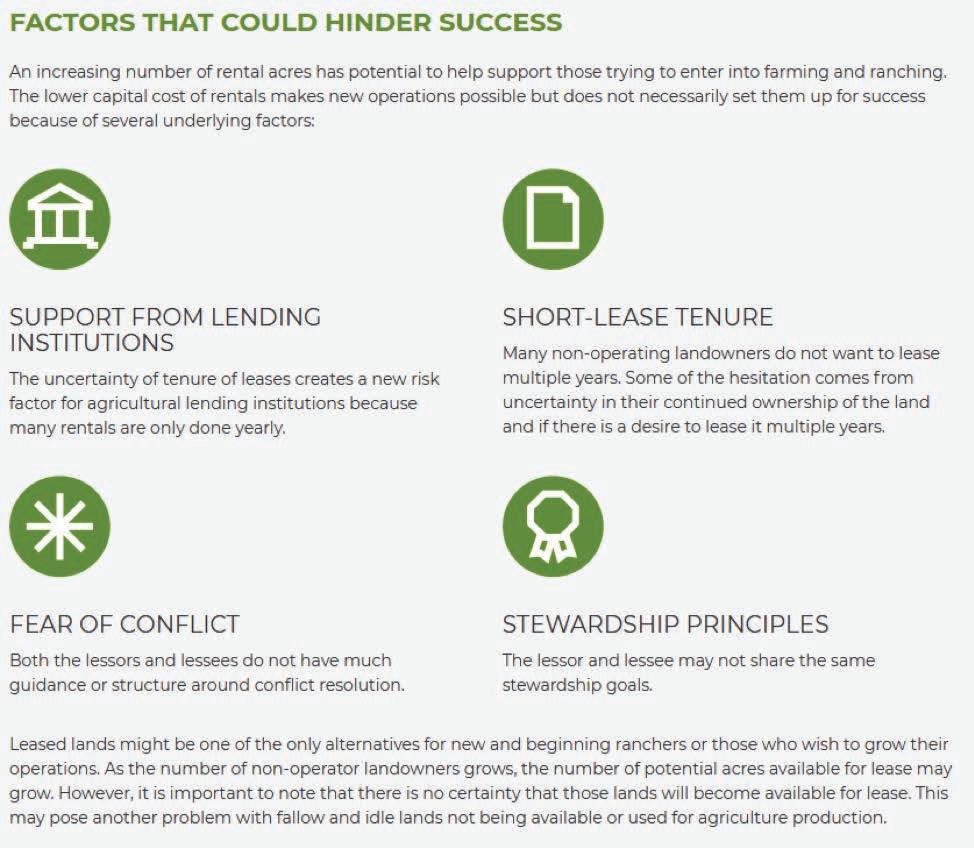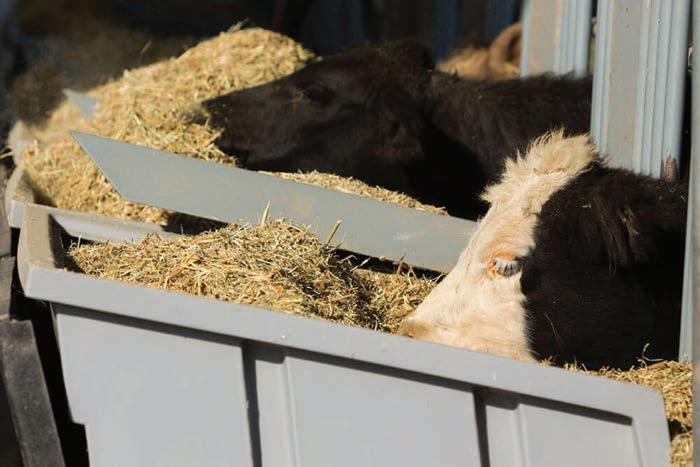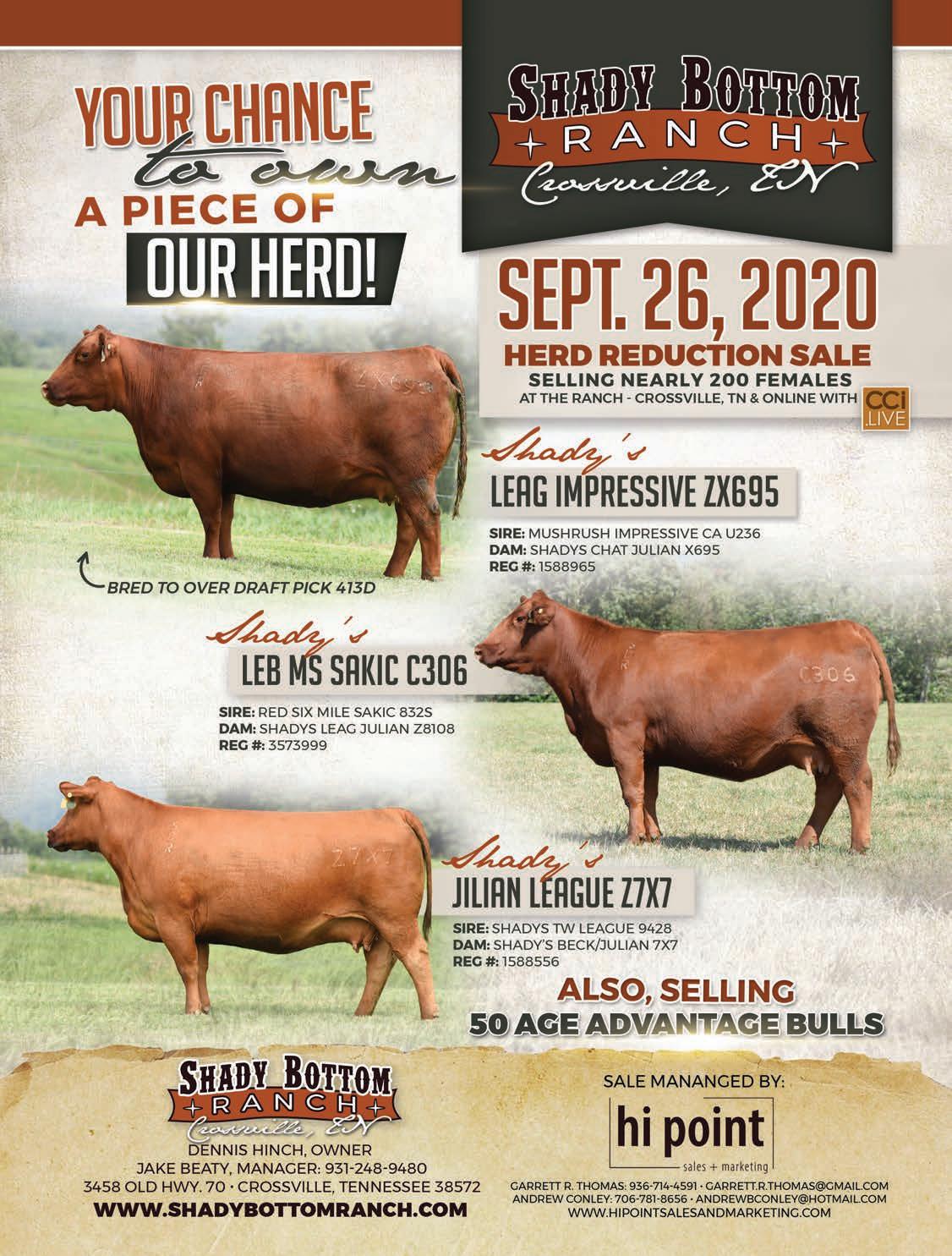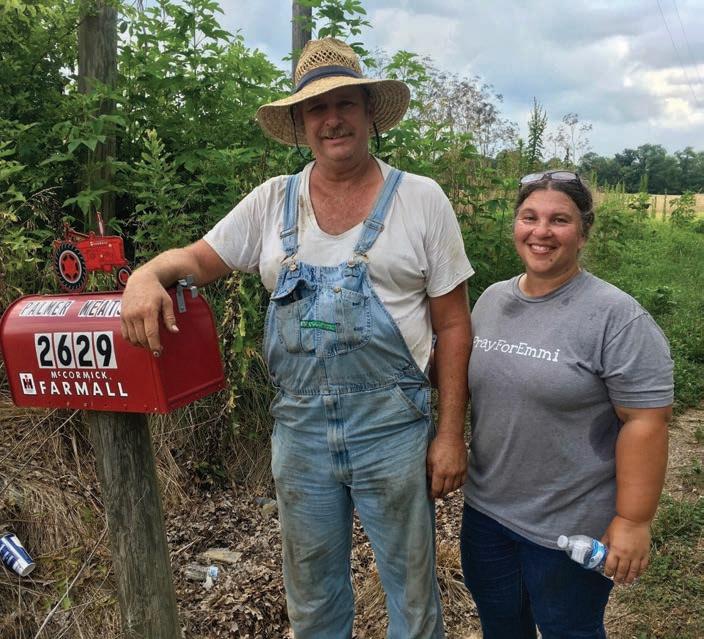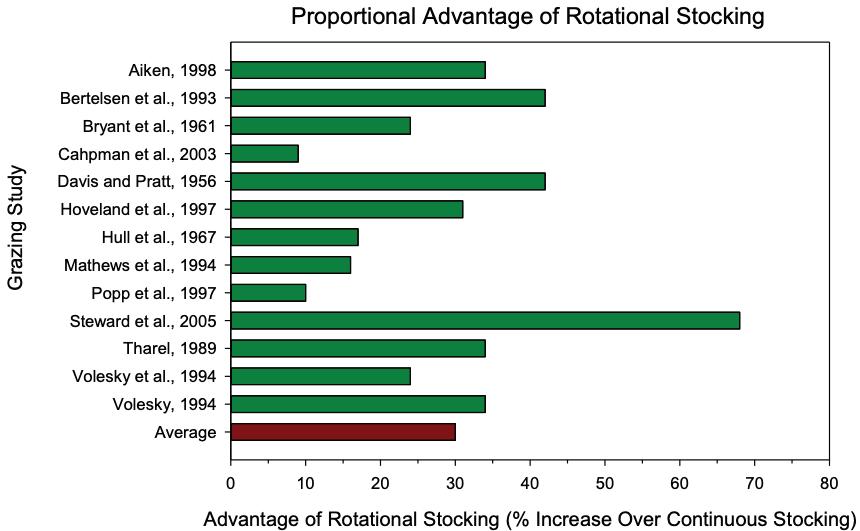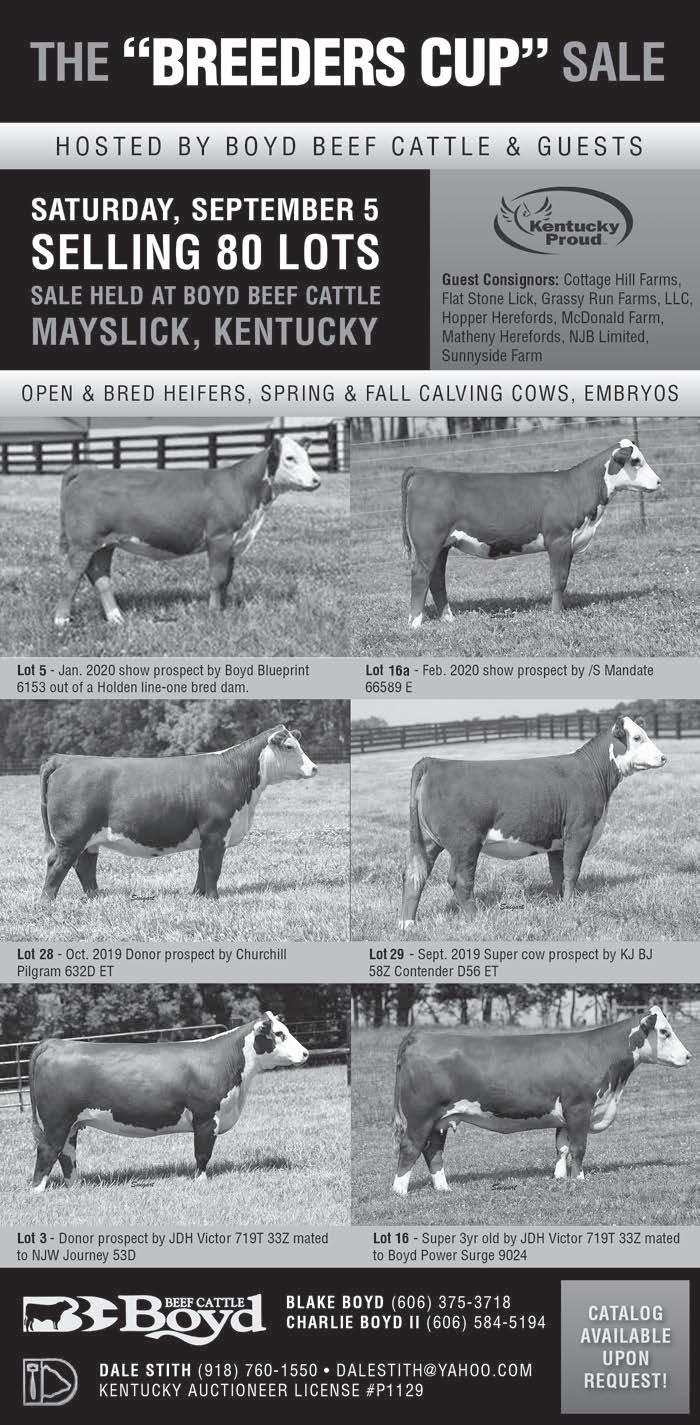FEATURE
LIVESTOCK TRACEABILITY, WHAT IT MEANS AND IS IT NECESSARY? Jessica K Fuller, Colorado State University Livestock disease transmission has crippled the livestock industry and market on more than one occasion. How would a disease traceability system benefit the industry and protect this valuable asset? What does the new APHIS livestock traceability regulations mean to the producer? The idea of a system that tracks livestock from birth to slaughter has been entertained for many years. It becomes the forefront of conversation with every new disease outbreak. Looking at the pros and cons of a universal identification system and what that implementation would mean for producers and consumers is worth exploring. Making informed decisions will help keep our farms and food safe in the future. Are the new disease traceability guidelines necessary for the livestock industry? “Traceability, as defined by the USDA, is the act of knowing where diseased and at-risk animals are, where they’ve been and when they were there, so as to ensure a rapid response when animal disease events take place.” (Let’s Talk about traceability,2019) Historical outbreaks are good examples of how excessive culling and animal infection can cripple the industry. First is the footand-mouth disease outbreak in California. This epidemic in 1924 resulted in the culling of over 100,000 cattle, sheep, swine and goats collectively. Canada suspended meat imports from the western half of the country and the Sierra Nevada Mountains remained in quarantine for a whole year after the disease was found in a deer population. The second is the more recent BSE case in 2003. After a single dairy cow was found positive for the disease, the tracking of her calves and the other members of the herd that were transported from Canada to the US became a difficult task. Due to the unavailable identification of one of her bull calves, an entire herd was eradicated. One can’t help but wonder how more accurate identification could have saved the rest of the herd and/or that producers business. 30
Government officials have recognized the benefit of an animal traceability system for decades. After each outbreak such as the two mentioned above, the need to quickly trace the disease back to its origin is one of the most essential and effective treatments or methods to reduce the spread of disease. Since 2002, industry-government consultations have concentrated on a system of traceability. Although a universal method for tracking origin and specific groups of animals is debatable, the need for traceability has remained the same. In April of 2005, the USDA released a draft document of the National Animal Identification System (NAIS). The introduction to the document provides a compelling argument for the essential nature of an animal traceability program. According to the NAIS Draft Program Standards, the system would “facilitate rapid tracing in the event of a disease concern”. The NAIS was followed by the Animal Disease Traceability (ADT) framework in 2010. In January 2013, the final rule “Traceability for Livestock Moving Interstate” was published. This rule enacted the first official requirement for specific identification criteria and scenarios. The goal of the rule was to establish positive identification of livestock and animals capable of transmitting disease in transit across state lines. The identification and traceability would aid in pinpointing outbreak origins and decrease unnecessary culling. It was the first attempt at establishing a policy for traceability. The rule would prove difficult to establish and enforce and many revisions were made after stakeholders were surveyed and other assessments were made. Along with the 2013 traceability rule, the USDA and APHIS released the ADT official ear tags-Criteria and Options report. This document explained the various requirements for each group of animals and their respective identification needs. They included the commonly used brucellosis vaccination tags, scrapie tags, and a national uniform tagging system.
Depending on your animal, there were countless options for identification, however, not all of them were entered into a nation database allowing for prompt effective tracking. These methods of identification relied on individual tracking from one place to another and the tracking was potentially very labor intensive. Since the introduction of the ADT Final Rule, The National Uniform Eartagging System (NUES) and the Official Animal Identification Number (AIN) Devices haven been released. These documents can be found on the USDA website (www.aphis. usda.gov/traceability). After the plethora of information was released, there were many concerns expressed from stakeholders, enforcing agencies and producers. One thing they all agree on is the definite need for an effective identification system, but a cohesive tagging system and method of data collection met with opposition. Traceability Systems in other Countries Rather than trying to re-invent the wheel, comparing the identification and tracking systems in other countries can lead to better understanding of what features work and those that don’t. Over the last two years, Brazil has become the largest beef exporting country in the world. Second is India with Australia and the United States being a close third and fourth. Brazil’s increase in the world export market is believed to be a result of their disease traceability system and increase in cattle numbers. In 2002, Brazil implemented a traceability system to track cattle and buffalo within the country and those imported from the implementation date on. The system uses a series of “certifiers” defined by the system to track and police the livestock. Producers are tasked with the venture of hiring a certifier/auditor to certify their herd and report all events related to each animal. Why the Brazilian government decided to adopt this system is unknown and there are many concerns about private certifying agents and veterinarians and their ability
COW COUNTRY • AUGUST 2020
to truthfully audit a farm in the area in which they perform a service. The second largest beef exporter, India and the United States, do not have a complete beef traceability system. To find a country that has an organized and effective system in most perspectives, we can look at Japan. Japan is not listed as one of the 10 largest exporters of beef; however, their tracking system is so complete and accessible to the consumer, that you can enter the tracking number found on the packaged beef and trace it back to its birth farm. Information including age, breed, and mother’s unique identification number can be explored. A detailed description of the traceability process can be found on the Food and Fertilizer Technology Center for the Asian and Pacific Region’s (FFTC) website (http://ap.fftc.agnet.org/). According to the FFTC, the cattle are identified with a 10-digit ID tag at birth. This number and all information are reported to a single agency that is responsible for compiling the data into a national system and app. The beef farmer reports any change in the circumstances with the cow. From selling to slaughter to death. Once the cow is sold to slaughter, the packing plants, slaughter houses, retailers, and wholesalers take over the reporting and tracking respectively from slaughter to the consumer. The agency also has a working quality control and penalty system for those who do not comply with ruling. Each country has taken a different approach to the issue. One depends on multiple certifiers and data compilation, the other has developed a central data processing system. The system that is most successful can be judged based on the completeness of information and the ability to truly track the beef from birth to consumer. The Japanese system seems to have covered all aspects of true livestock traceability. One may argue that too much accessible information may become an issue with irrational consumer expectations. What Does Disease Traceability
• A P U B L I C AT I O N O F T H E K E N T U C K Y C AT T L E M E N ’ S A S S O C I AT I O N

